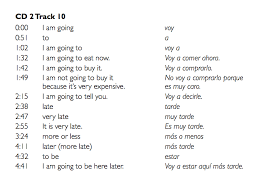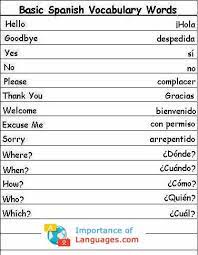Introduction:
Learning a new language can be a rewarding and transformative experience, and Spanish is no exception. With over 460 million native speakers worldwide, mastering Spanish can open up a world of opportunities for personal and professional growth. Whether you’re planning a trip to a Spanish-speaking country, aiming to connect with Spanish-speaking friends and colleagues, or simply looking to broaden your linguistic skills, here are 10 real steps to help you learn the Spanish language effectively.
1. Set Clear Goals:
Begin your Spanish language journey by defining your goals. Determine why you want to learn Spanish and what level of proficiency you aim to achieve. Whether it’s for travel, business, or personal enrichment, having clear objectives will guide your learning path and keep you motivated.
2. Invest in Quality Learning Materials:
Choose reputable language learning resources to build a strong foundation. High-quality textbooks, online courses, and language learning apps can provide structured lessons, interactive exercises, and immersive experiences. Some popular options include Duolingo, Rosetta Stone, and Babbel.

3. Practice Regularly:
Consistency is key when learning a new language. Dedicate a specific amount of time each day to practice Spanish. Whether it’s 20 minutes or an hour, regular practice will help reinforce your understanding of grammar, vocabulary, and pronunciation.
4. Immerse Yourself:
Immerse yourself in the Spanish language by surrounding yourself with authentic content. Watch Spanish movies, listen to Spanish music, and follow Spanish-speaking influencers on social media. This exposure will help you grasp colloquial expressions, accents, and cultural nuances.
5. Take Advantage of Language Exchange:
Join language exchange programs or find language exchange partners online. Practicing with native speakers not only improves your conversational skills but also exposes you to different accents and regional variations of the language.
6. Build a Vocabulary Journal:
Create a vocabulary journal to record new words and phrases you encounter. Regularly review and use them in sentences to reinforce your memory. This active engagement with the language will enhance your ability to recall and apply what you’ve learned.

7. Focus on Pronunciation:
Pay attention to Spanish pronunciation from the beginning. Practice sounds, intonation, and accentuation. Utilize online resources, such as pronunciation guides and language exchange platforms, to refine your pronunciation skills.
8. Participate in Language Challenges:
Engage in language challenges and competitions to make learning more enjoyable. Platforms like FluentU, Memrise, and iTalki often host language challenges that encourage friendly competition and provide additional motivation.

9. Join a Spanish Language Course:
Enroll in a formal Spanish language course to receive structured guidance from experienced instructors. Whether it’s a local class or an online course, the guidance of a teacher can provide valuable insights and correct any mistakes early on.
10. Travel to Spanish-Speaking Countries:
If possible, immerse yourself in a Spanish-speaking environment by traveling to a Spanish-speaking country. This real-life exposure will boost your confidence, improve your conversational skills, and deepen your understanding of the language and culture.
Conclusion:
Learning Spanish is a dynamic and fulfilling journey that requires dedication and consistent effort. By setting clear goals, investing in quality resources, practicing regularly, and immersing yourself in the language, you’ll be well on your way to becoming proficient in Spanish. Remember that language learning is a gradual process, so stay patient, enjoy the process, and celebrate your achievements along the way. ¡Buena suerte! (Good luck!)
Leave a Reply